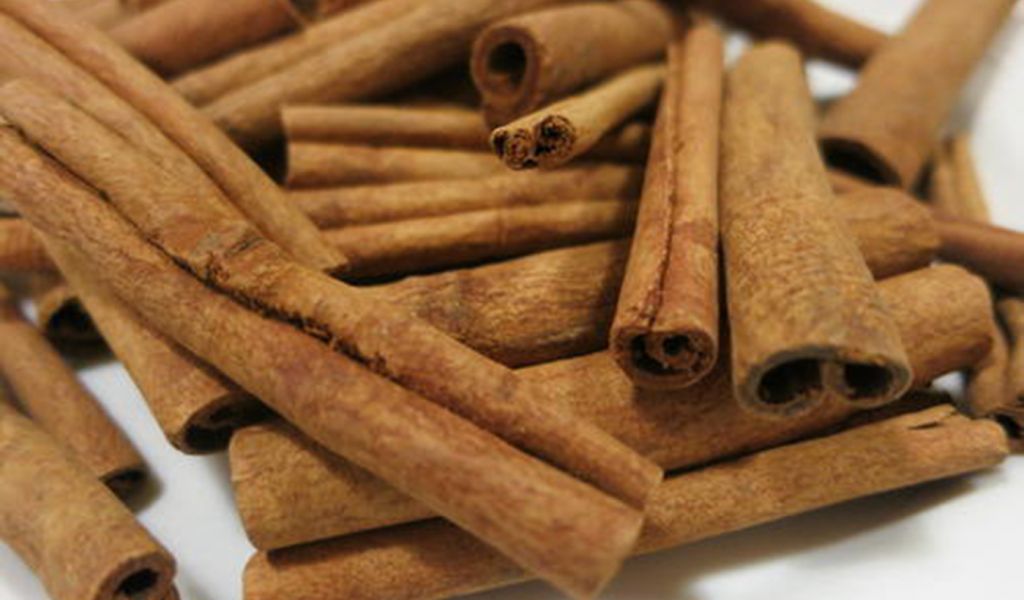ແຄຫອມ / Cassia Cinnamon
APA 6th ed. ແຄຫອມ / Cassia Cinnamon. (2021, August 27). Retrieved from https://www.phakhaolao.la/kb/0000002
MLA 8th ed. ແຄຫອມ / Cassia Cinnamon. Pha Khao Lao, 27 August 2021, https://www.phakhaolao.la/kb/0000002.
Chicago 17th ed. Pha Khao Lao. 2021. "ແຄຫອມ / Cassia Cinnamon." Published August 27, 2021. https://www.phakhaolao.la/kb/0000002.

Camphora camphora (L.) H.Karst.
Camphora decaisnei Lukman.
Camphora decandollei Lukman.
Camphora humboldtii Lukman.
Camphora humboldtii var. syringifolia Lukman.
Camphora neesii Lukman.
Camphora neesii var. microphylla Lukman.
Camphora neesii var. pharbitifolia Lukman.
Camphora officinarum var. hahnemannii Lukman.
Camphora officinarum var. hippocratei Lukman.
Camphora oldhamii Lukman.
Camphora procera Lukman.
Camphora rougieri Lukman.
Camphora sieboldii Lukman.
Camphora thouarsii Lukman.
Camphora thunbergii Lukman.
Camphora thwaitesii Lukman.
Camphora vera Raf.
Camphora wrightii Lukman.
Camphora zollingeri Lukman.
Camphorina camphora (L.) Farw.
Cinnamomum camphora f. cyclophyllum (Nakai) M.Kim
Cinnamomum camphora var. cyclophyllum Nakai
Cinnamomum camphora var. hosyo (Hatus.) J.C.Liao
Cinnamomum camphoriferum St.-Lag.
Cinnamomum camphoroides Hayata
Cinnamomum henricii Saporta ex Staub
Cinnamomum nominale (Hatus. & Hayata) Hayata
Cinnamomum officinarum Nees ex Steud.
Cinnamomum simondii Lecomte
Cinnamomum taquetii H.Lév.
Laurus calycina Stokes
Laurus camphora L.
Laurus camphorifera Salisb.
Laurus gracilis G.Don
Thai: obcheuy chin, keng
Cambodian: sambor lo veng
Vietnamese: gue, gue dum, due be, may que
Chinese: guizhi, xin, qui pi, rougui
Pharmaceutical name: Ramulus cinnamomi
English: cassia cinnamon, Chinese cinnamon, cinnamon tree, false cinnamon, cinnamon twigs, cassia twigs
This medium-sized evergreen tree, 20-25 m tall and up to 70 cm in DBH, has smooth brown or dark-grey bark, and a red-brown inner bark that is sticky and wet with a spicy sweet aroma. The odour resembles that of cinnamon, but is less delicate; the taste is more sticky and sour or bitter. The thick leaves have three main nerves starting at the leaf base, and are aromatic when crushed. They are 2.5-5.8 cm wide and 12-23 cm long. The young stems are brown and hairy. Inflorescences are 8-16 cm long with yellow-white flowers. The purple fruit is fleshy with a single seed, 1-3 cm long and 0.5-1 cm wide. There is much confusion in the large Cinnamomum genus, but in the ASEAN region three main species (C. camphora, C. glauscens, C. iners) are the source of the spice commonly called cassia or cinnamon. A classification system has been developed on the basis of species and origin, because each type has a distinctive flavour and other characteristics. C. cassia and C. camphora both have leaves with three nerves, but C. cassia has very fragrant leaves. C. glauscens and C. iners both have leaves with a feather-like nervation, and are both taller trees than C. cassia and C. camphora.
The wood, bark and roots of khe hom are used for the extraction of tannins, fixed oils and dyes. The fragrant wood is very suitable for making moth-proof chests. Locally the bark and leaves have medicinal purposes, used to treat indigestion, diarrhoea, abdominal pain, flu, colds, diabetes, fungal infection of the feet and inflammation of joints. False cinnamon bark is used as a substitute spice for real cinnamon on the world market. The dried immature fruit, known as cassia bud or bunga lawang, has a sweet-sharp flavour and is used in sweet pickles, for flavouring in bakery goods, as a seasoning for food, and in curry powders, beverages, teas, desserts and some medicines. The ripe fruit is edible and sweet.
